
While Beijing Motor Show Confirms China's Dominance in EVs, Their Revolution Has Been Years in the Making
China’s global domination of electric vehicles was not a given. There are two main reasons why it transpired – its leaders’ determination and the vision of one man you’ve never heard of.
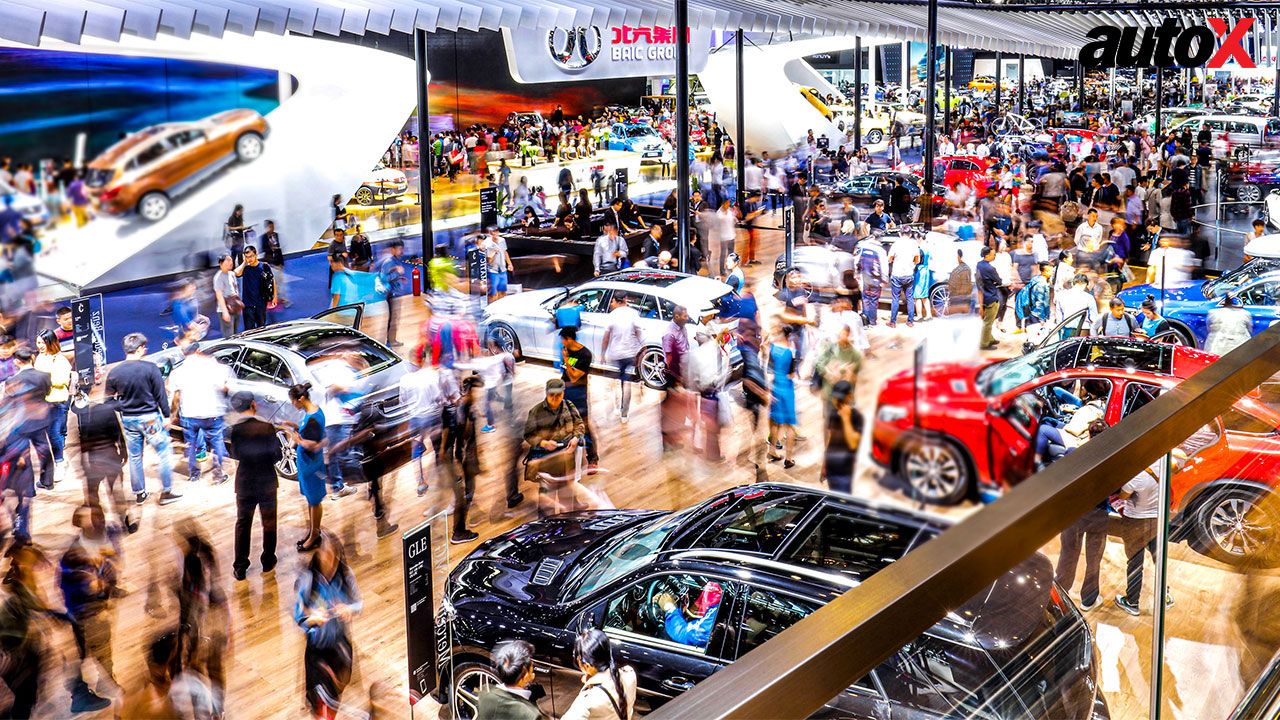
Everyone in the world knows Elon Musk, but do they know Dr Wan Gang? Um, do YOU know?
While we talk about how China is the unchallenged leader in EVs, do we have any idea how they made a clean break from the century-old domination of ICE? Global leadership was not handed over to them on a platter but they seized it… And how! During last month’s Beijing Motor Show, yesterday’s OEMs that strutted around the world proudly with their ICE vehicles stood humbly in line to tie up with Chinese OEMs and tech firms. As the venerable Reuters in its show report said, “Tie-ups with local firms had long been foreign automakers’ route into China but are now becoming a means to survive.”
And have you seen the EVs that the Chinese OEMs showed in Beijing last month? Mind-boggling. From blatant imitation to unmatched innovation, China’s auto industry has completely transformed. Today, not only does China have the clout that comes with being the world’s largest auto market, but its range of highly innovative and advanced new energy vehicles from domestic brands is leaving everyone else far, far behind. China baiters like me would attribute it to a country without morals, shameless opportunistic behaviour and a single-party regime that answered to no one. But you have to give respect where it is due. Everyone knew new energy vehicles were the future but it’s the Chinese government that gave it the strategic importance that it deserves. Remember, the Chinese are not unique in this respect; the auto industry has always been a country’s projection of its economic clout. Look at the US, Germany, and Japan.
Also Read: Of the 340 Registered Electric Vehicle Makers in China, Only One is Profitable – BYD!
Interestingly, it’s not in China, but in Germany that the story of China’s EV leadership unfolds – at Ingolstadt, to be precise. After an illustrious academic journey in China, Dr Wan Gang went to the Technical University Clausthal, Germany for his doctorate. He stayed back, joining Audi in 1991 and over ten years, rose the ranks. In 2000, during the visit of the Chinese Minister of Science & Technology to the Audi plant at Ingolstadt, Wan broached the topic of China leaving ICE (and the West) behind by catapulting ahead in new energy vehicles – the focus of his research. The message was well received and soon made its way to the top echelons of the government.
The call came. In no time, Wan moved back to his homeland in 2001 and under the cover of his alma mater, the Tongji University in Shanghai – where he assumed the role of Dean of the New Energy Automobile Engineering Centre – he set to work. He presented to China’s top administrative authority, the State Council his vision and his plans. Not just for leadership in this sunrise sector to help China attain strategic autonomy, but also for the same issues that bedevil India today: a staggering fuel import bill, vulnerabilities of the oil supply chain and, importantly, the urgent necessity to combat air pollution of its cities. The leadership heard him out and set about implementing the policies that he recommended for the development of the new energy vehicle industry. And, in 2007, they also made him the Minister for Science & Technology (not Road Transport or Heavy Industry, do note).
Also Read: Is the Electric Revolution Really Underway, or Has the Focus Shifted to Hybrid Vehicles in India?
Starting with the 2008 Olympics, Wan put together multiple players and task force teams to develop electric buses – this set off the EV spark. However, pollution continued to be an issue as the Chinese appetite for ICE vehicles remained unabated. Do you remember the stories of the permanent fog over Beijing? The off-the-scale AQI readings? And the worldwide ridicule the country received for its highly polluted cities? And, critically, the colossal harm that air pollution caused to its citizens, bringing down life expectancies? While India continues to blithely ignore all this, the Chinese government was determined to resolve this issue.
Under Wan, the Chinese made plans, set targets and implemented policies, like the ‘Ten Cities, Thousand Vehicles’ in 2009. A generous subsidy and strong incentives kept the buzz alive: at companies, state enterprises, government offices, policymakers, universities, research institutes and more, all of them working towards a common goal. They went deep down the chain for EV production, acquiring access to rare earths. It also helped that China did not have the established ICE baggage of other large car-producing nations. Subsidies for clean vehicles were combined with disincentives for ICE, while local governments were induced to invest in developing charging stations. The fight to clean up the air is still on, and there’s no sign that the Chinese government is flagging in this endeavour. In its ambition to attain carbon neutrality, EVs will have a major role to play, so don’t expect the Chinese government to make random course corrections or introduce ad hoc policies. Amazing what one visionary and determined, far-thinking government can do. The journey continues.


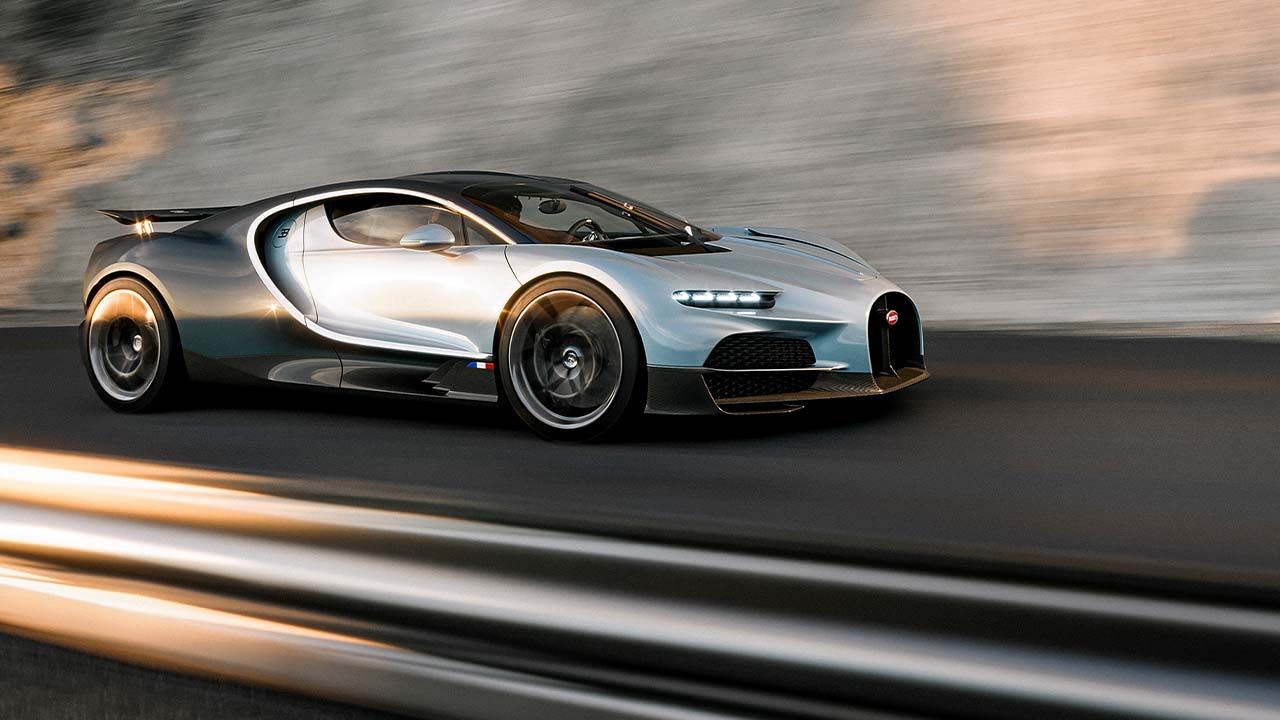
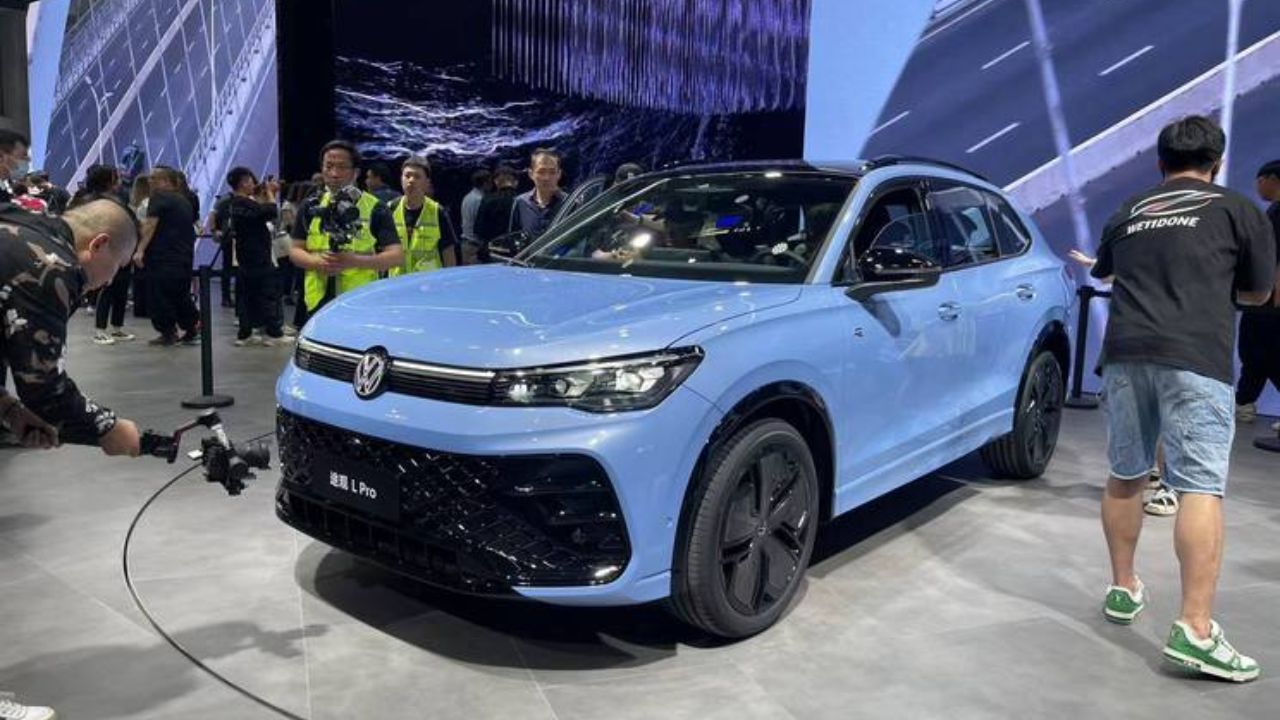
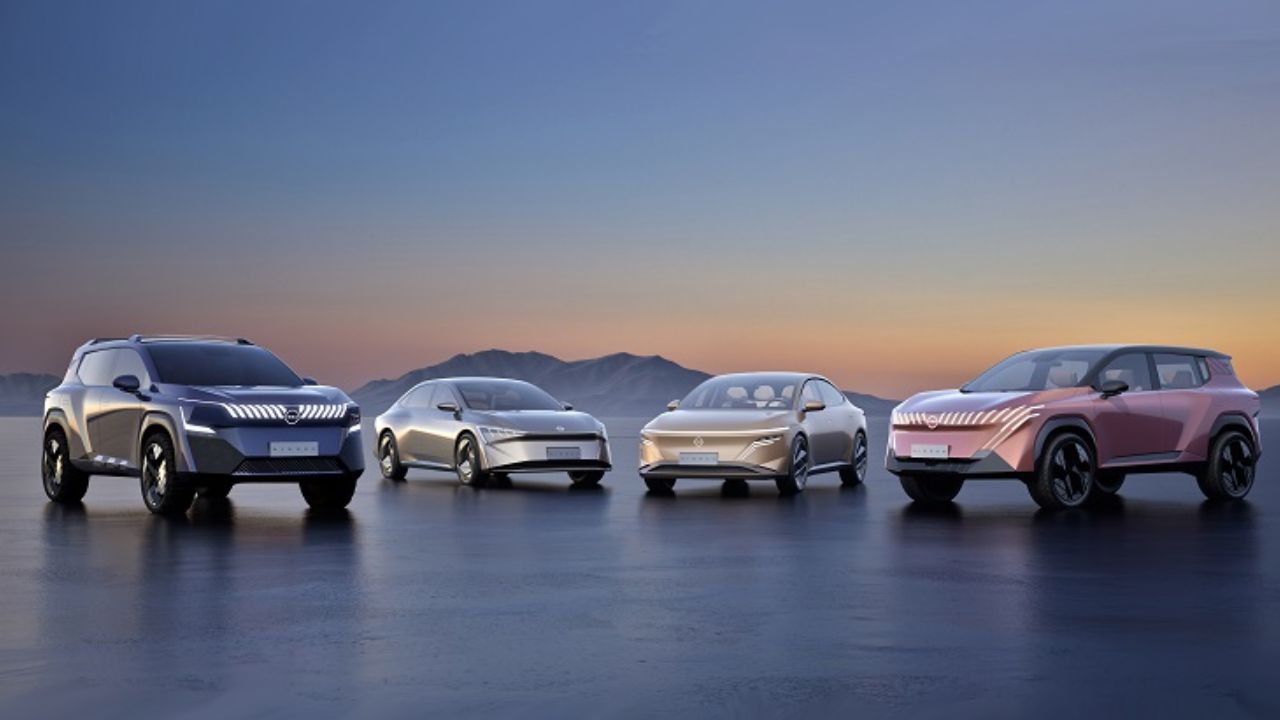
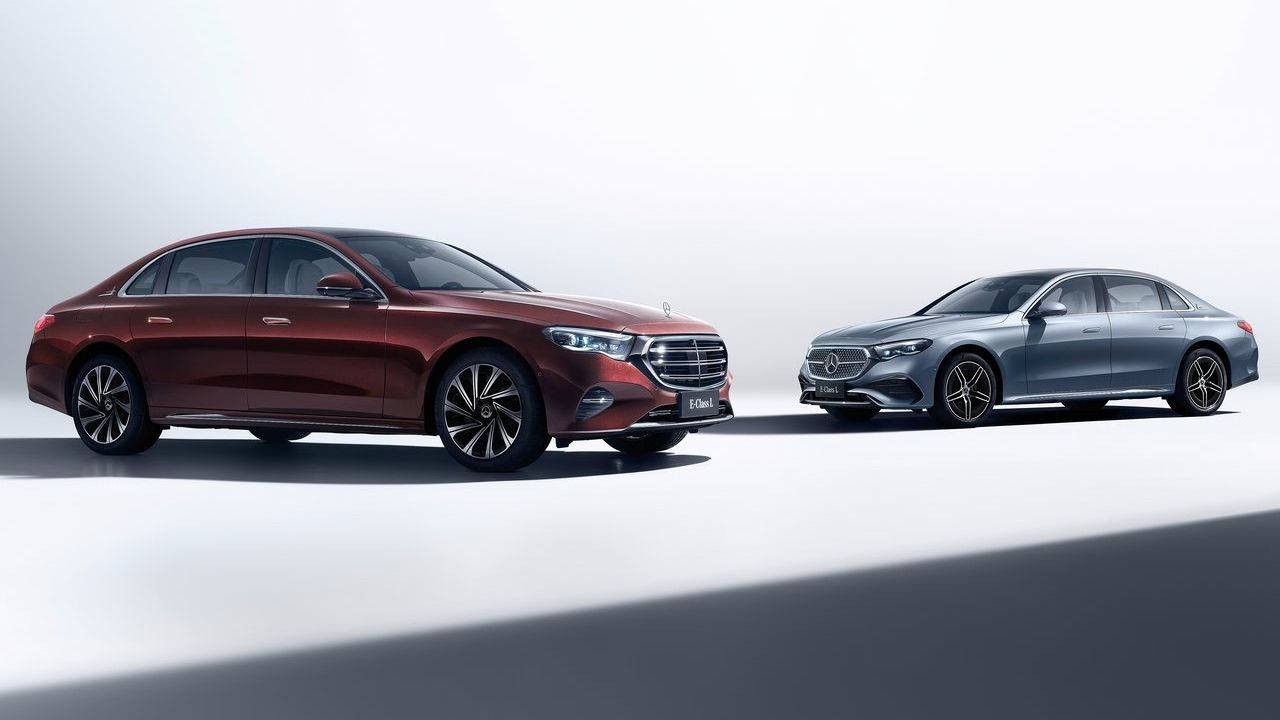

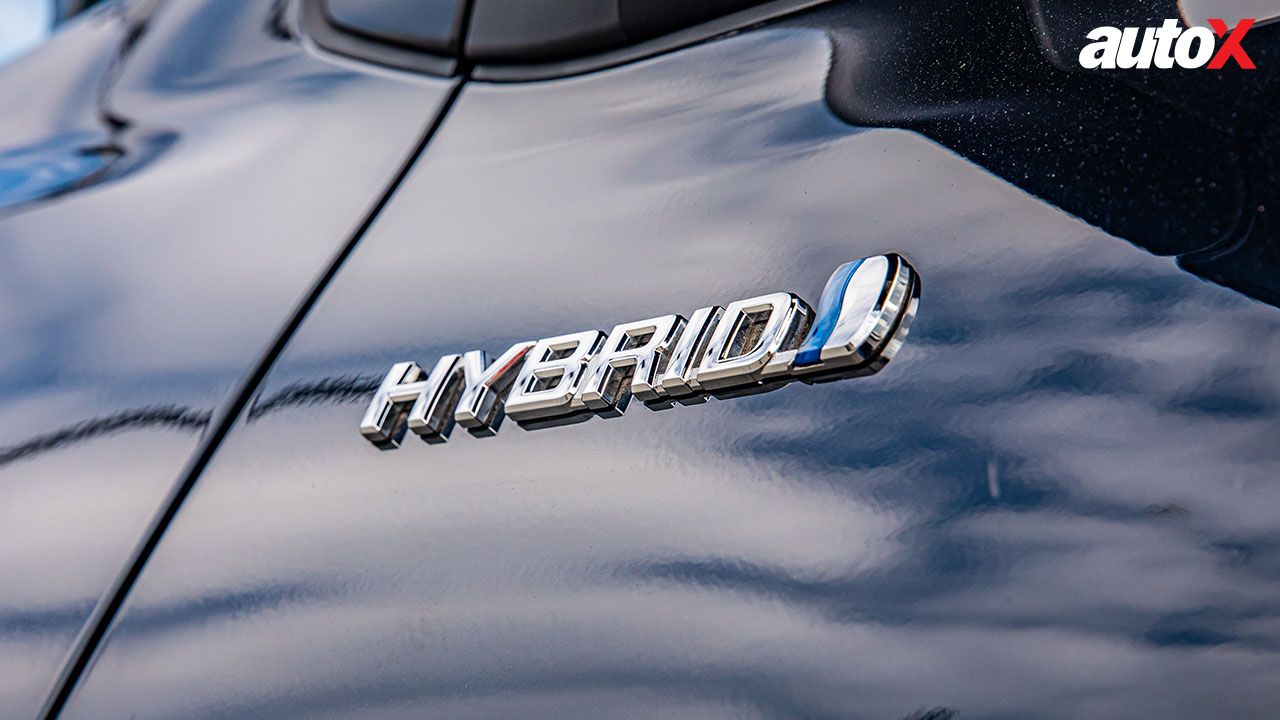

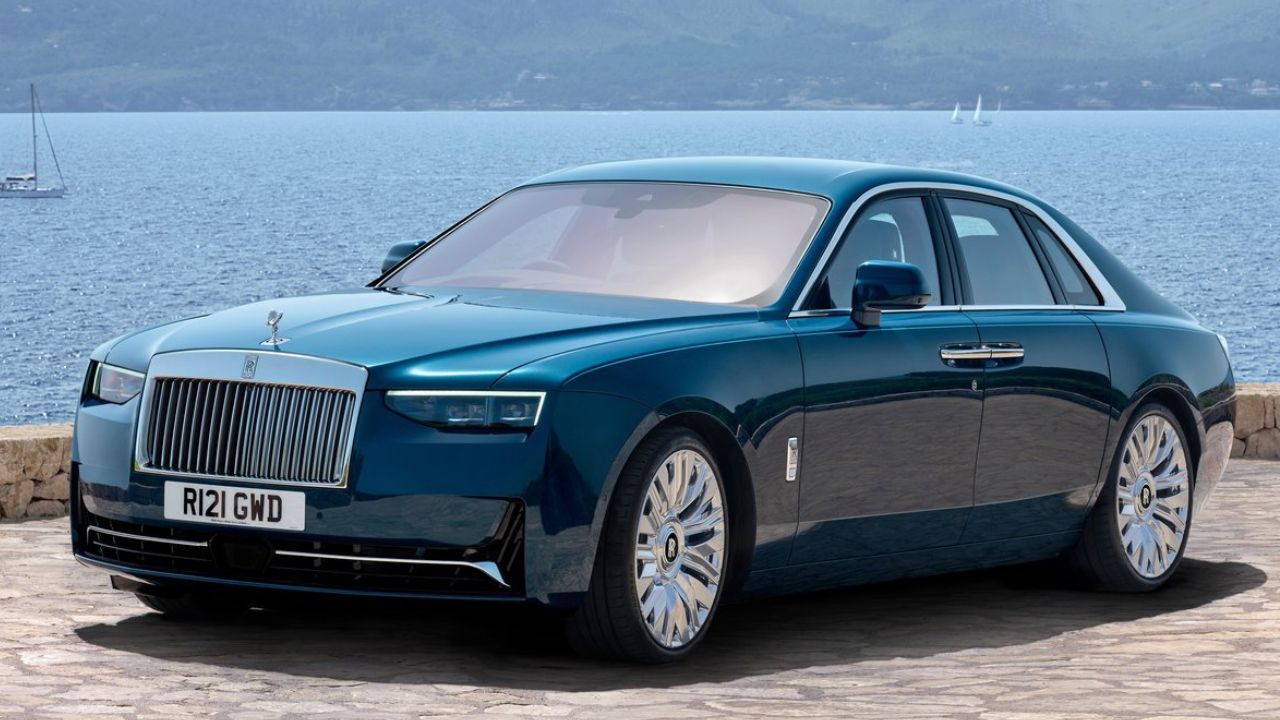
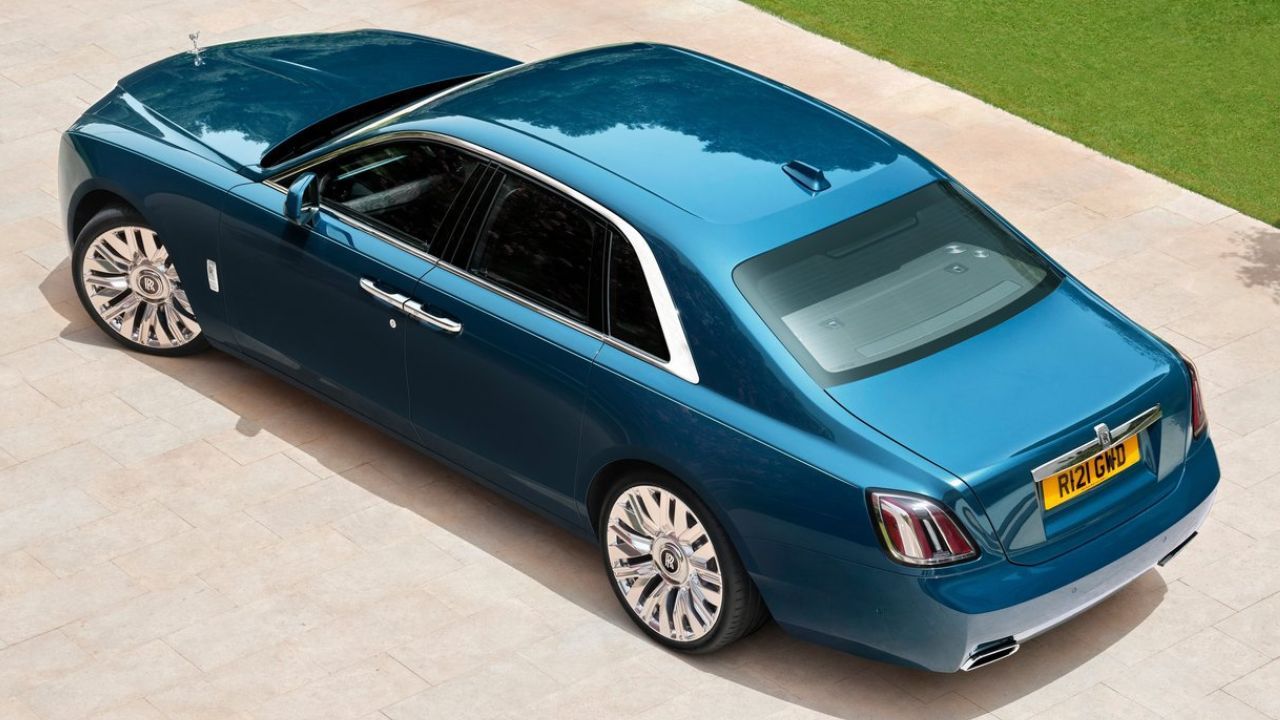
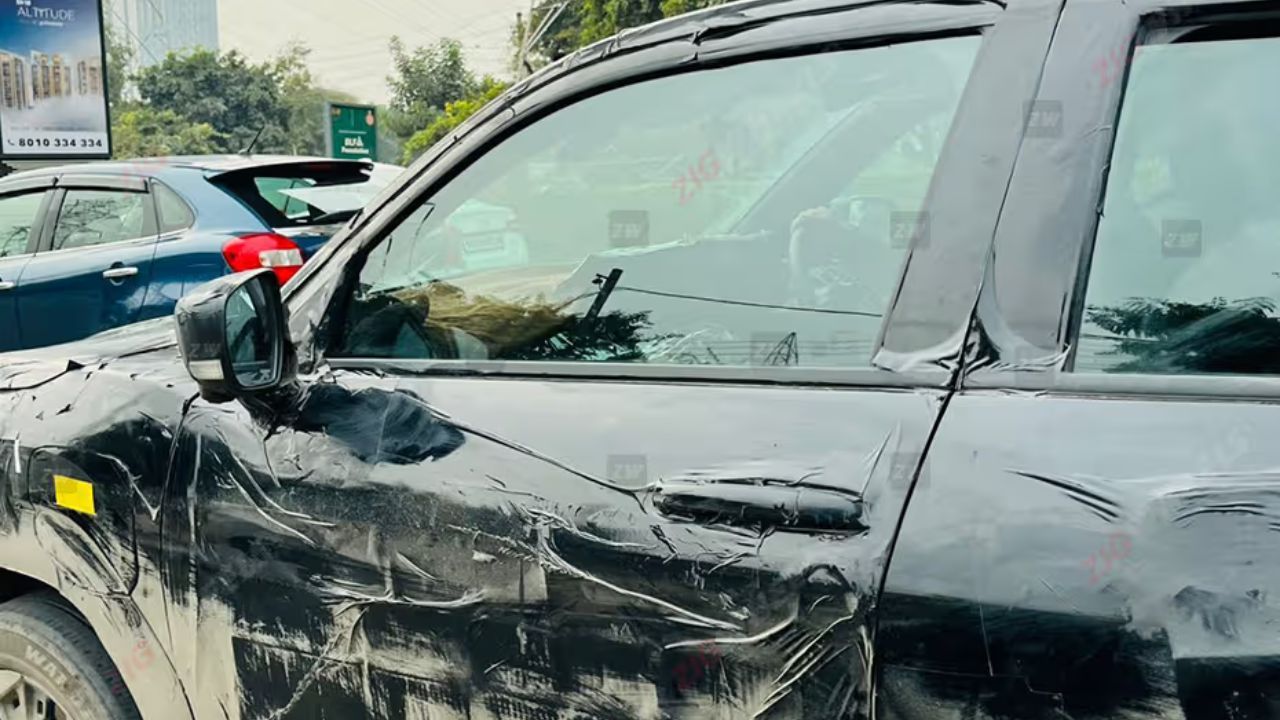
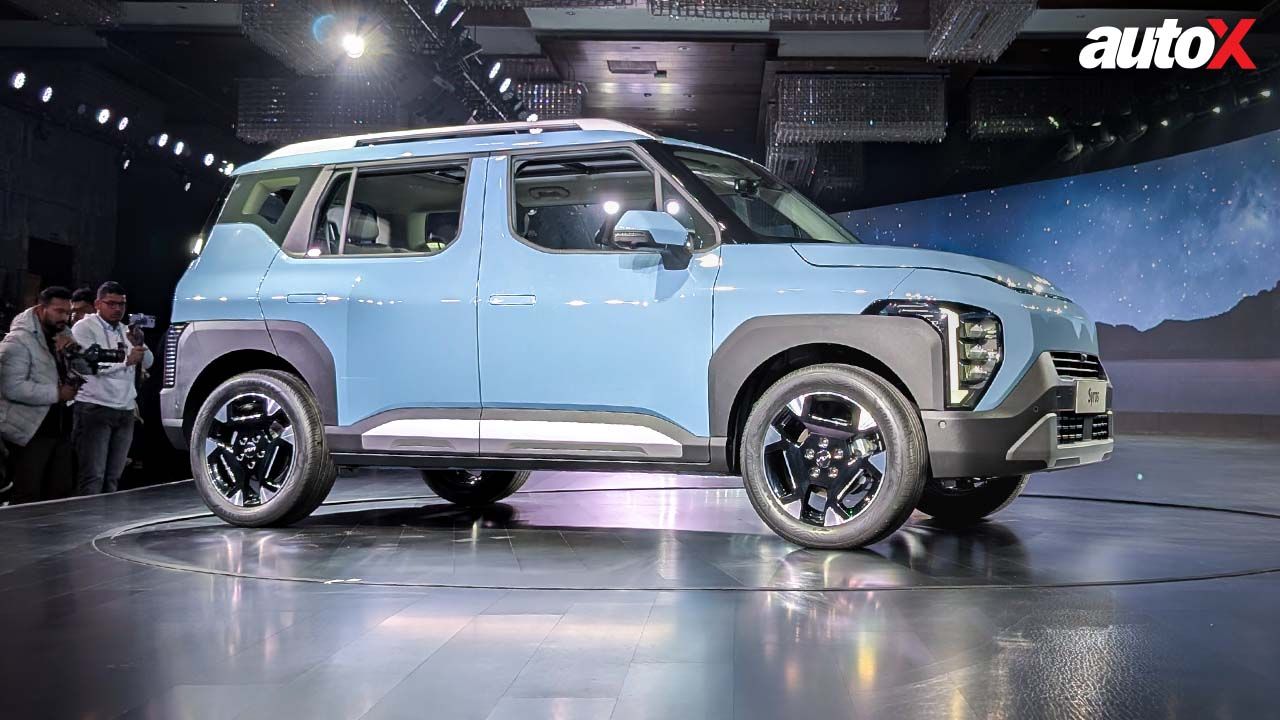
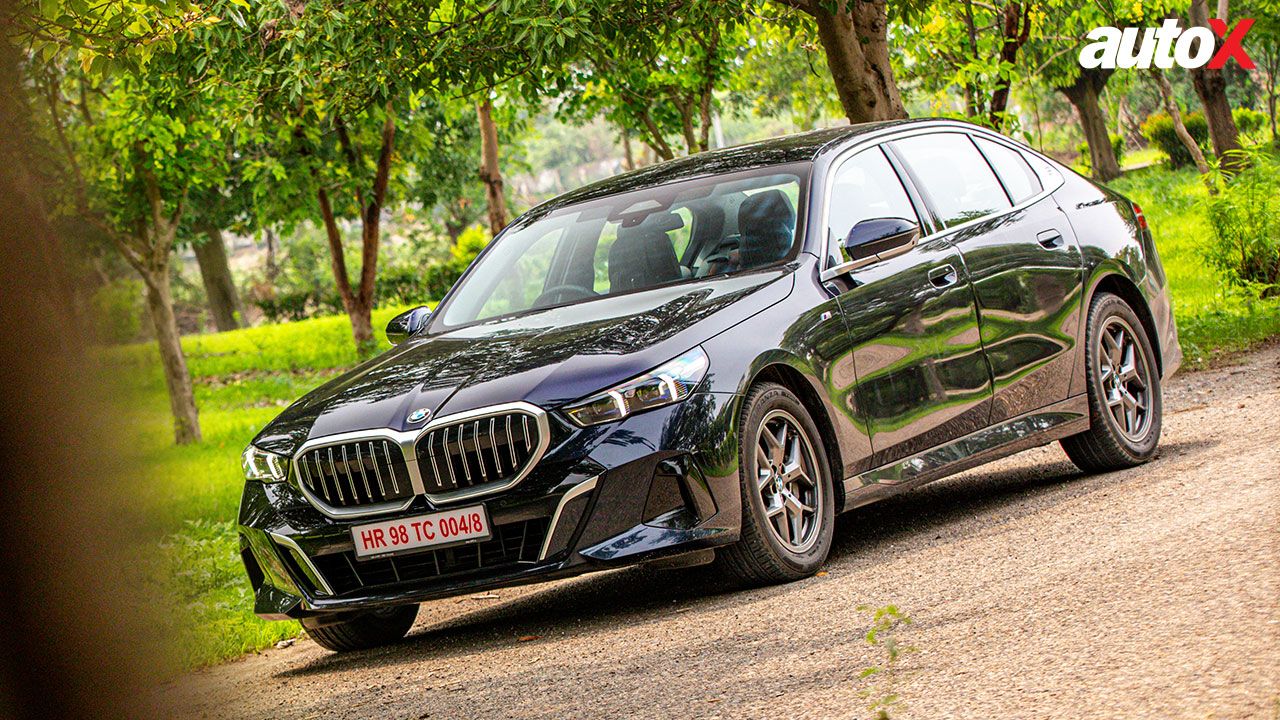
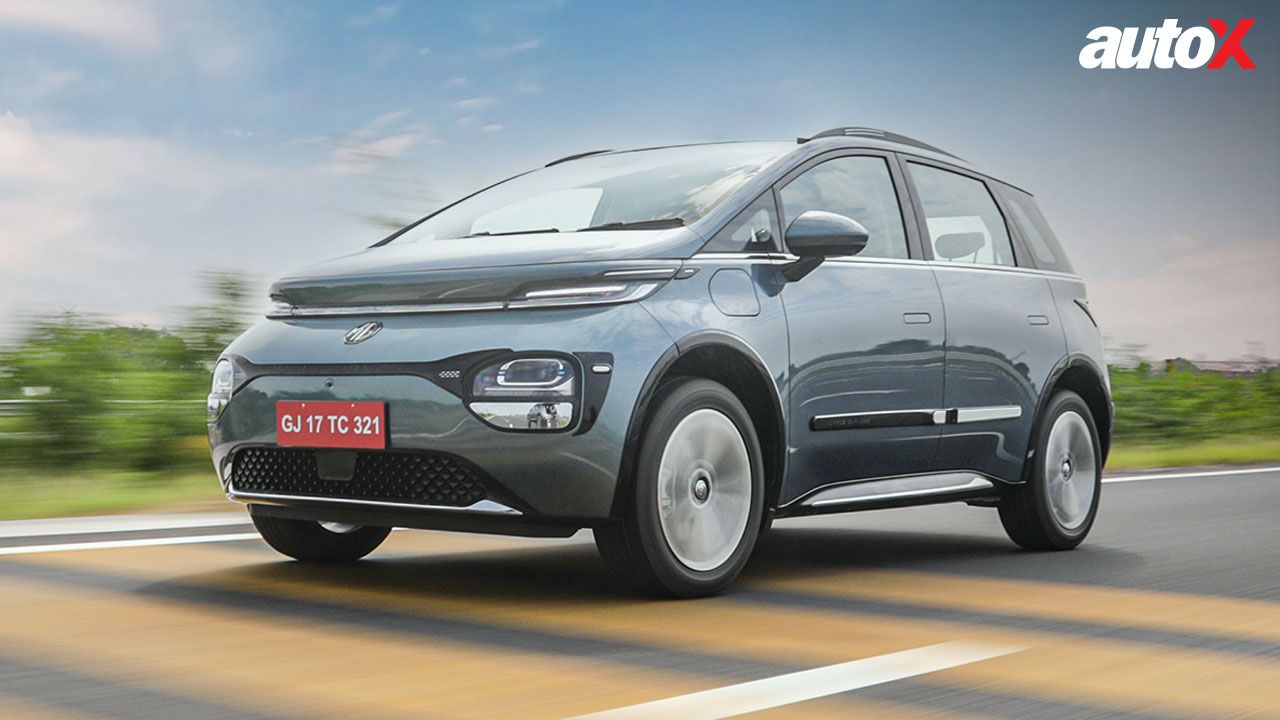
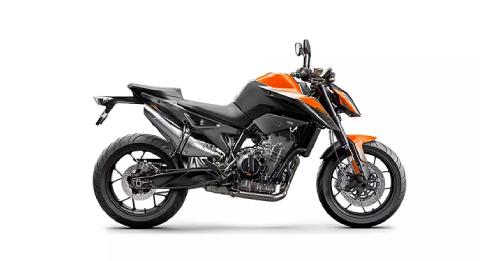
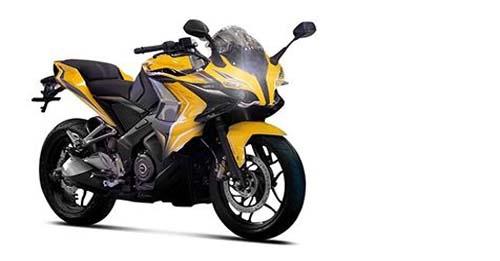
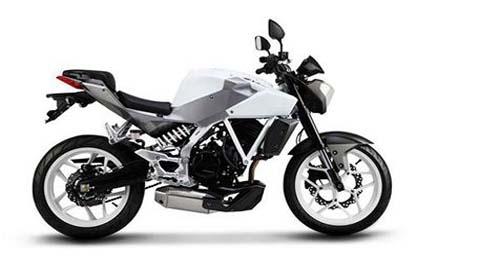











Write your Comment on